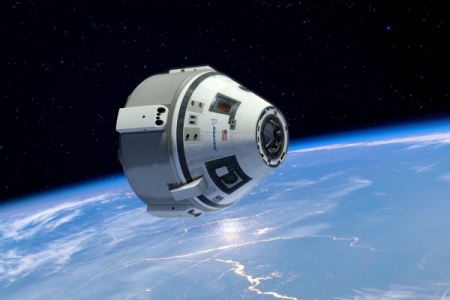
Boeing CST-100 Selected as Next American Spacecraft. A Boeing photo
WASHINGTON (BNS): NASA has unveiled its selection of Boeing and SpaceX to transport US crews to and from the space station using their CST-100 and Crew Dragon spacecraft, respectively, with a goal of ending the nation’s sole reliance on Russia in 2017.
The US space agency has awarded Boeing Company, Houston, $4.2 billion and Space Exploration Technologies Corp., Hawthorne, California, $2.6 billion, to provide this transportation capability.
Under the Commercial Crew Transportation (CCtCap) phase of the programme, Boeing will build three CST-100s at the company’s Commercial Crew Processing Facility at Kennedy Space Centre in Florida.
The Company has recently completed the Critical Design Review (CDR) and Phase Two Spacecraft Safety Review of its Crew Space Transportation (CST)-100 spacecraft being developed as part of NASA’s Commercial Crew Programme.
The CST-100 will transport up to seven passengers or a mix of crew and cargo to the International Space Station (ISS) and other low-Earth orbit destinations.
SpaceX will launch the Crew Dragon spacecraft atop the Falcon 9 launch vehicle from Kennedy Space Centre in Cape Canaveral, Florida.
The spacecraft holds seats for 7 passengers, and includes an Environmental Control and Life Support System (ECLSS) that provides a comfortable environment for crewmembers.
Crew Dragon’s powerful launch escape system has been designed to provide escape capability from the time the crew enters the vehicle all the way to orbit.
Should an emergency occur during launch, eight SuperDraco engines built into the side walls of the Dragon spacecraft will produce up to 120,000 pounds of axial thrust to carry astronauts to safety, the Company said.
The Dragon spacecraft currently resupplies the space station under a $1.6 billion Cargo Resupply Services contract with NASA.
The NASA contracts include at least one crewed flight test per company with at least one NASA astronaut aboard to verify the fully integrated rocket and spacecraft system can launch, maneuver in orbit, and dock to the space station, as well as validate all its systems perform as expected.
Once each company’s test programme has been completed successfully and its system achieves NASA certification, each contractor will conduct at least two, and as many as six, crewed missions to the space station. These spacecraft also will serve as a lifeboat for astronauts aboard the station.
NASA said the companies will own and operate the crew transportation systems and be able to sell human space transportation services to other customers in addition to NASA, thereby reducing the costs for all customers.
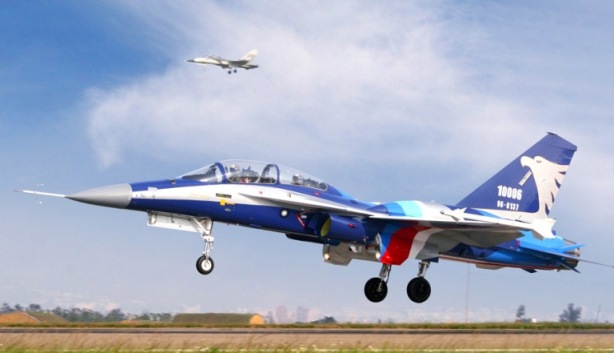 Previous Article
Previous Article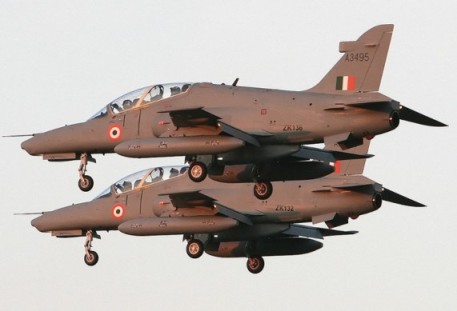 Next Article
Next Article

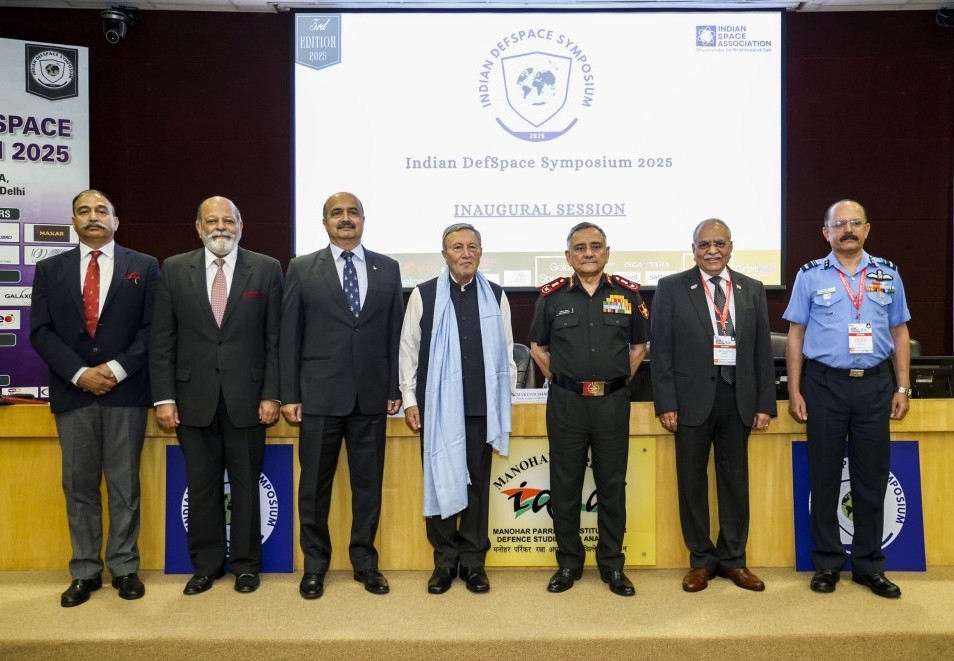
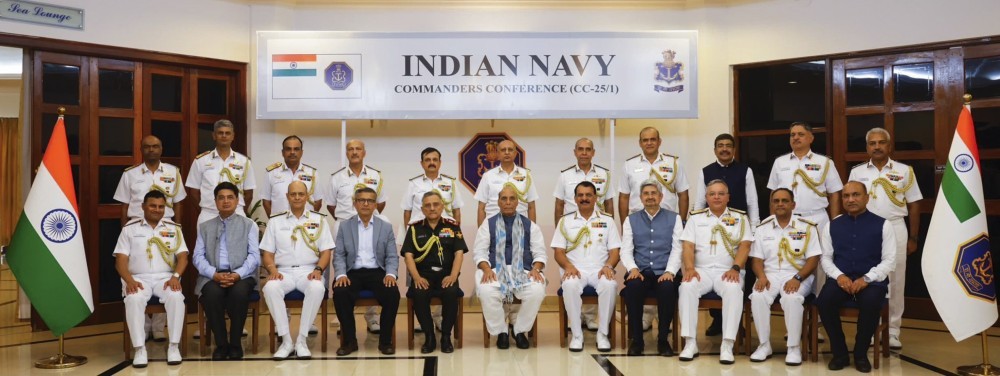










The Indian Air Force, in its flight trials evaluation report submitted before the Defence Ministry l..
view articleAn insight into the Medium Multi-Role Combat Aircraft competition...
view articleSky enthusiasts can now spot the International Space Station (ISS) commanded by Indian-American astr..
view article